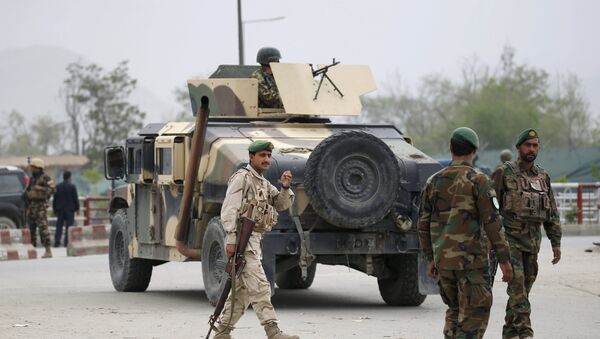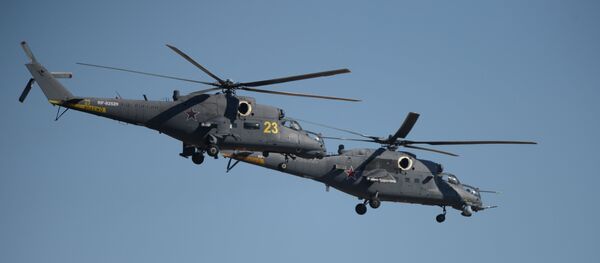In 2010, the Pentagon established a five-year contract with the Afghan National Army (ANA) to support ANA's fleet of some 26,000 vehicles. The program, called Afghanistan Technical Equipment Maintenance Program (A-TEMP), was intended to last five years and cost some $182 million. It was designed to provide aid to ANA, enabling "a fully operational fleet of vehicles to provide mobility and protection needed to support its fights against the insurgency."
An investigation performed by Special Inspector General for Afghanistan Reconstruction (SIGAR) John Sopko discovered that the initial contract wording has been significantly modified. Sopko reported that the contract underwent 68 such modifications, leading to a dramatic rise in the cost of the program and its effective paralysis. The term of contract was also been extended by two years.
The contract is now about to be extended for five additional years, Sopko reported, and the new contract, if authorized, is projected to exceed $1 billion.
During the development of the initial contract, the Army Contracting Command and the Combined Security Transition Command-Afghanistan "made inaccurate assumptions about the capacity of the Afghans to manage the supply chain and conduct maintenance," said the report.
Reports from the ground suggest that the contractor, Afghanistan Integrated Support Services JV (AISS), constantly addresses low literacy rates among Afghan soldiers, as well as the difficulty in encouraging soldiers to simply show up for training and keep that training current. AISS has been hamstrung by a "limited pool of ANA managers who possess the skills necessary to manage the supply chain and maintenance shops," the report stated.
Notably, the contract did not establish performance metrics related to the contractor's accomplishments. This effectively removed any interest for the contractor to achieve any goals outlined in the agreement.
The most eye-opening aspect of the modified contract, however, is that the Pentagon is being charged based on the total number of vehicles in ANA's possession, rather than on the number of vehicles repaired.
"Payments to AISS based on ANA vehicle density and not vehicles actually repaired resulted in escalating per-vehicle repair costs from a low of $1,889 to a high per-vehicle repair cost of $51,395," the SIGAR statement highlights.
The contract wording caused the US government to pay more for AISS to do less work than was required in the original text. The SIGAR report notes that the number of vehicles the AISS repaired in the second quarter of 2012 was 3,072, while the number repaired in the third quarter of 2015 was 82.
The flaws in the contract terms and conditions were exacerbated by deteriorating security conditions that reduced oversight of maintenance work in 2013 and beyond.
As a result, the contract has not only become a "waste of US taxpayer funds," the report states, but it has also made it difficult for the ANA to carry out military operations.
Sopko's report says the Pentagon tried to improve its oversight, giving the US Army's product manager for Allied Tactical Vehicles authority over the contract and hiring seven additional contracting officer representatives.
According to the SIGAR report, "DoD has begun to take initial steps to address the issues raised and apply better practices to the current and upcoming contract."




